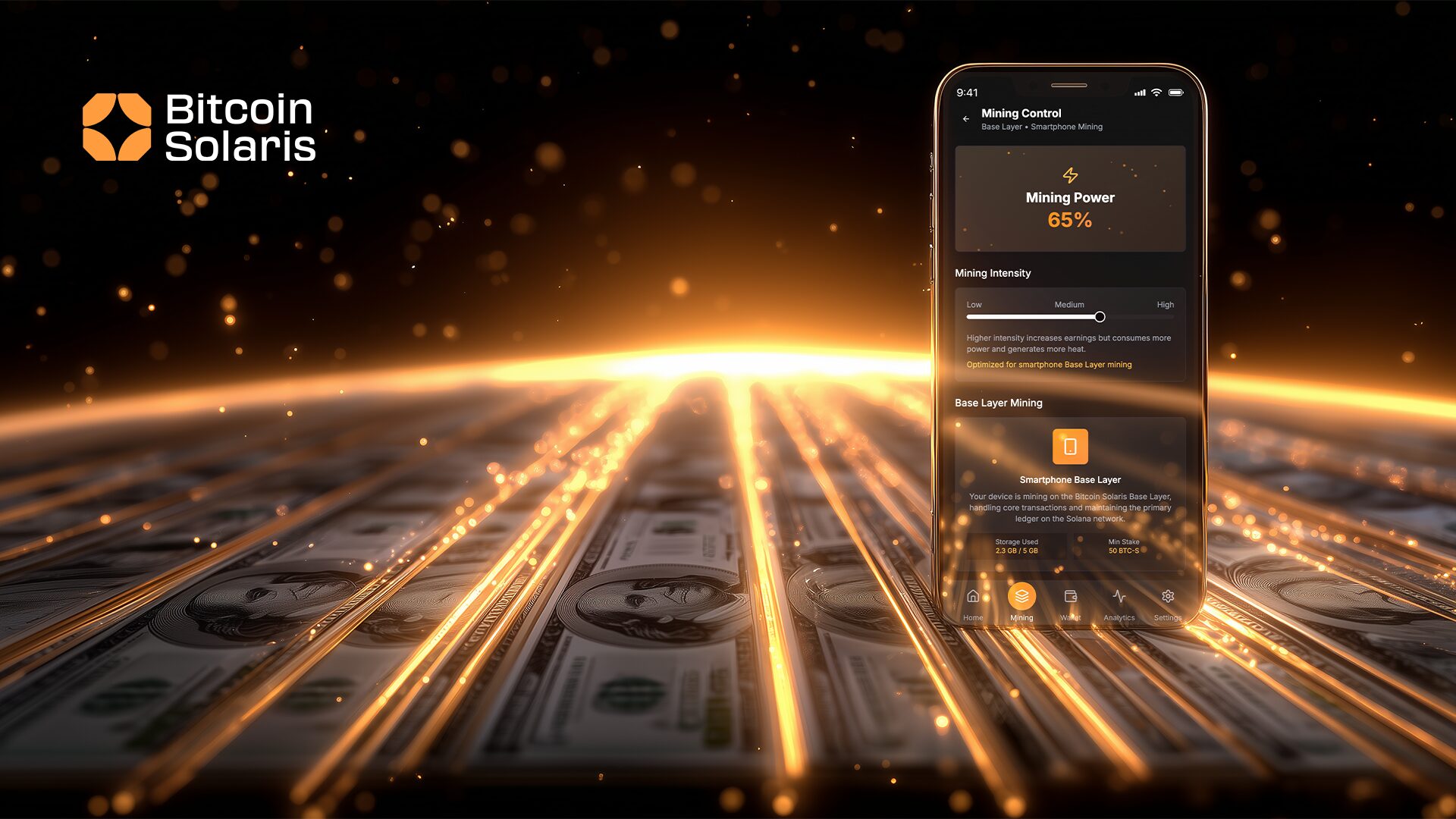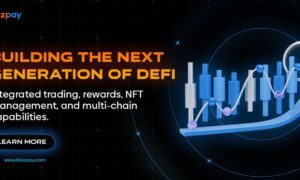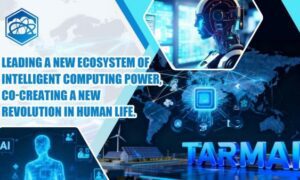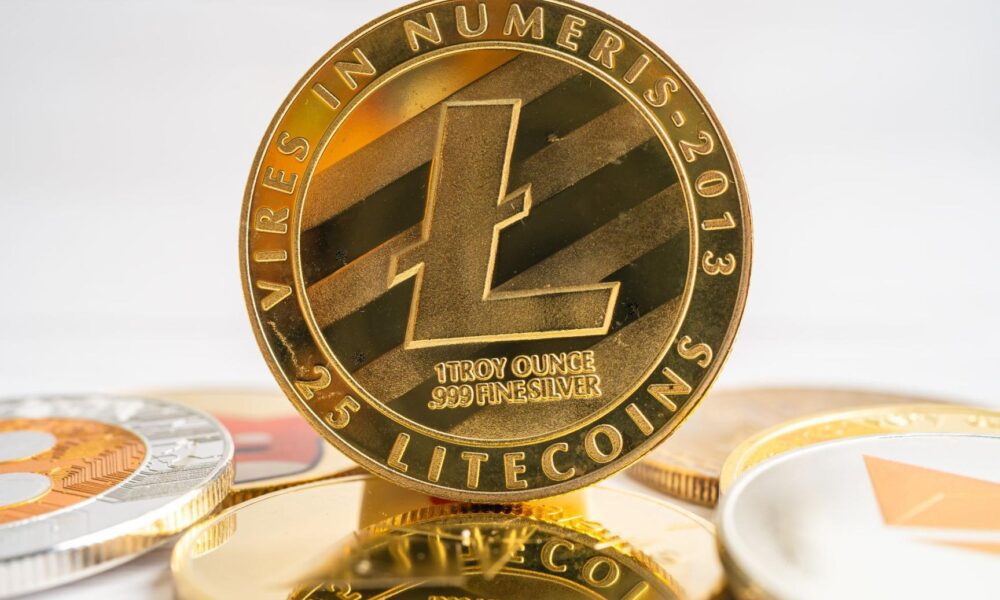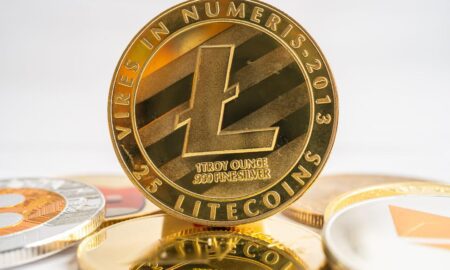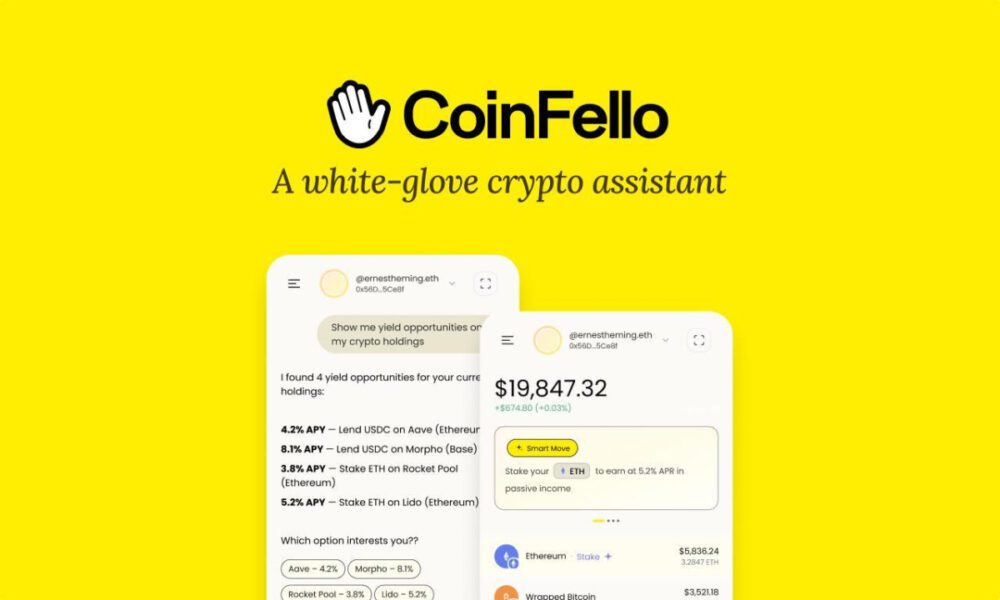Ethereum continues to dominate as a foundational smart contract platform. Analysts project it will climb steadily into 2025 and beyond, with price predictions ranging from $6,000 to $10,000 depending on macro conditions, network upgrades, and institutional demand. Its role in DeFi and Layer-2 ecosystems keeps it relevant, but it also locks it into a long, complex roadmap. For most users, the benefit of holding ETH is speculative — you wait for the market to move. Staking returns are modest unless you lock large amounts, and validator participation remains out of reach for casual investors.
While Ethereum’s slow climb may satisfy long-term holders, a new class of investors is looking for direct ways to engage with crypto networks — and to earn from day one. That’s where Bitcoin Solaris comes in.
Real Yield From Everyday Devices
Bitcoin Solaris has taken a radically different approach to access and rewards. Instead of staking or investing in validator hardware, users mine BTC-S tokens directly from their smartphones. The system works through the Nova App — a mobile mining platform that uses spare storage and processing power to support network activity. Early beta testers reported weekly earnings equivalent to hundreds of dollars, without any specialized equipment.

The mining system is tied directly to blockchain operations, and participation isn’t limited to a technical elite. If you have a modern mobile phone and an internet connection, you can contribute to the network and receive rewards. It’s a model built around inclusion and scalability — where rewards reflect contribution, not capital.
A Predictable Economic Framework
One of the biggest criticisms of altcoin launches over the past few years has been chaotic token distribution. Hidden team wallets, stealth emissions, and unclear staking incentives have created fragile ecosystems that reward hype more than participation. Bitcoin Solaris was designed in response to this — with tokenomics modeled for long-term value and transparency.
The full supply of BTC-S is fixed at 21 million tokens. Of those, 4.2 million were allocated for the presale, spread across clearly defined pricing phases. The majority of the supply — 14 million tokens — is reserved for mining rewards, gradually released over time as users contribute to the network. There are no future minting mechanisms and no inflationary loopholes.
Ethereum, by comparison, maintains dynamic supply mechanics. Burn rates fluctuate based on network activity. Validator rewards are tied to complex incentive models. For users seeking simple, transparent economics, Bitcoin Solaris offers a more direct proposition.
Technology and Trust
Infrastructure matters. Bitcoin Solaris runs on a dual-layer blockchain that combines multiple consensus mechanisms for speed, efficiency, and decentralization. The base layer uses Proof-of-Stake and Proof-of-Capacity to validate securely with low energy consumption. The upper Solaris Layer uses Proof-of-History and Proof-of-Time to enable finality in about two seconds, with over 10,000 transactions per second.
This hybrid system allows mining to happen across devices without bottlenecks or centralization pressure. That scalability is key to the project’s goal of enabling global participation — a principle that sets it apart from legacy chains where hardware costs or validator minimums create natural barriers.
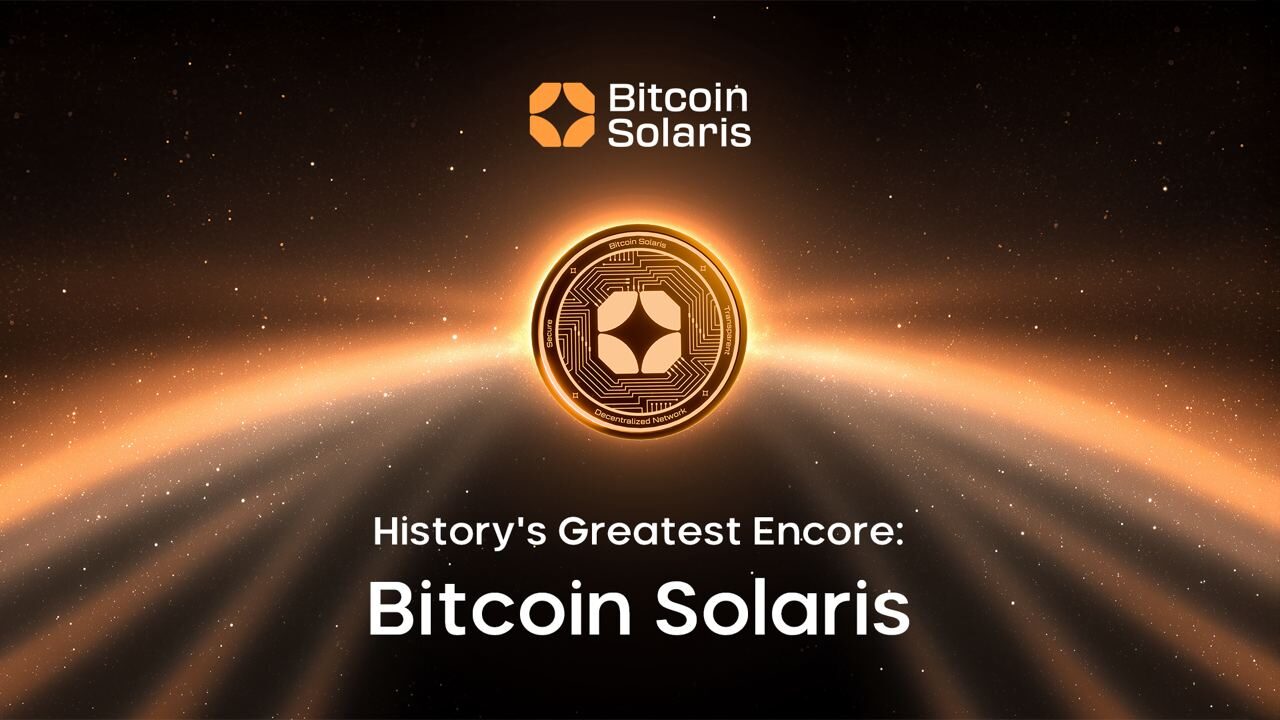
More importantly, the architecture has been fully audited. Cyberscope completed a smart contract review, confirming security and protocol logic (audit link). Freshcoins audited the Nova App’s mining logic and backend infrastructure (audit link). And full KYC verification of the team has been published for transparency.
In a detailed breakdown, Crypto Volt called Bitcoin Solaris the only ecosystem right now that pairs fixed token supply with real mobile mining infrastructure, underscoring that it’s not theoretical — it’s operational.
Looking Beyond 2025
The roadmap for Bitcoin Solaris doesn’t end with mobile mining. The team is actively developing a Bitcoin-backed token system that will link BTC-S 1:1 with Bitcoin reserves, offering a hybrid model where value is tied to BTC but usability is enhanced through fast, low-cost infrastructure. That’s something Ethereum doesn’t offer — and may never fully support without major trade-offs.
The system will include transparent reserve tracking, cross-chain bridges, smart contract compatibility, and a liquid staking model — all designed to keep users in control of their assets without sacrificing flexibility. Once deployed, this structure could fundamentally change how Bitcoin is used in real applications — moving it beyond a store of value into programmable finance.
Timing Still Matters
Bitcoin Solaris is currently in Phase 6 of its presale, with BTC-S priced at $6. That window won’t stay open forever. The token is expected to list at $20 once exchange onboarding begins, and with over 11,000 users already registered for the Nova App rollout, competition for mining rewards will only grow.

While Ethereum’s price may continue rising into 2025, Bitcoin Solaris offers something more immediate: the ability to participate in — and earn from — a network that’s already functional, already audited, and architected for scale.
Website: https://bitcoinsolaris.com/
X: https://x.com/BitcoinSolaris
Telegram: https://t.me/Bitcoinsolaris

